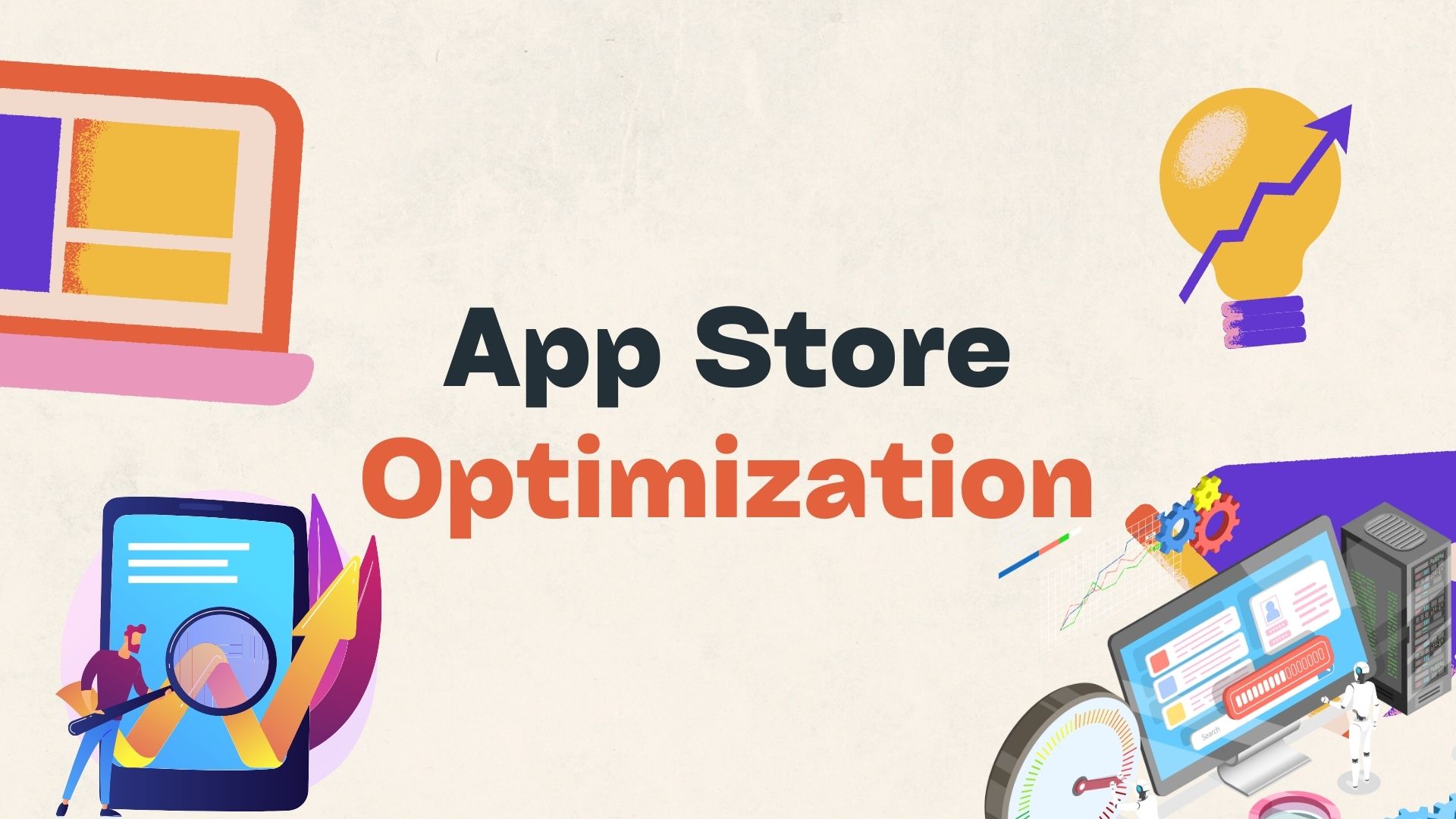Rethinking Business Intelligence for Marketing: Strategy, Technology, Metrics
Recently, IBM (NYSE: IBM) released a study of worldwide CMOs (chief marketing officers), their concerns and their plans. The study established yet another sea change in marketing's responsibilities – and therefore in the type of business intelligence that should be supporting marketing.
The primary focus of the study was on best practices that would allow CMOs to meet their new responsibilities, and respond adequately to their new challenges. However, the study also has implications for business intelligence solutions. How does BI software meet the new needs of the CMO, and of the marketing function in general? Which existing solutions can best be adapted to meet these needs?
I believe BI solutions need to lift their marketing game in three areas: strategy, technology and metrics. The “best of the best” CMOs will be tackling new strategic responsibilities such as driving corporate “character” and not just brand.
They will need to mine data from new technologies such as mobile and social media and use new cross-venue BI technologies to track the lifecycle of a “customer of one.” They will also need better metrics to justify increased marketing spend. Marketing-focused BI needs to do better at supporting these areas.
Let's start by analyzing the findings of the IBM study about today's CMO, and then examine how BI can support upcoming CMO plans – if vendors and IT can meet the need.
The IBM Study
Over the last two years, IBM did qualitative interviews with more than 1,700 CMOs – a much more effective way of capturing insights than a 1-5-scale survey. Results were surprisingly similar across geographies, company sizes, and customer focus (B2B or B2C). The study examined the challenges that CMOs face, and their plans for facing those challenges.
The CMO challenges centered around the “data explosion,” the growth of social media and the growing number of marketing channels, changes in consumer demographics, and the increasing risk and complexity of the corporate environment. In order for CMOs (and, more importantly, enterprises) to successfully meet these challenges, CMOs feel they need to understand customers better, establish a consistent corporate “character” that will improve employees' interactions with customers, improve the analytical skills of marketers, and make a stronger business case for marketing initiatives.
At the same time, these CMO challenges also signal the assumption of more strategic responsibilities within the organization. Specifically, the CMO is now expecting to assume responsibility for customer interaction beyond the point of sale and employee culture as it concerns customer interactions. The customer is king, and so must be satisfied; the CMO is the only person with the combination of customer knowledge and internal power to carry out customer satisfaction strategies across the company.
The gist of IBM's recommendations for CMO best practices:
· Listen more to customers
· Create long-term customer relationships
· Find better ways to measure results in order to cost justify your strategies to the CEO and CFO
Recent articles in Sloan Management Review offer cautionary tales about the importance of bringing balance to these strategies. CMOs without the appropriate balance may listen too much to advocates who tell them what they want to hear. They also may ally with long-term but high maintenance customers who actually cost them money, and they may cling too much to old channels like print and TV because it is easier to cost justify them in a budget-conscious environment.
Nevertheless, with careful modification, these strategies are sound. How can BI software support them?
BI Support: Strategy
BI solution support for CMO strategic goals means allowing the CMO to monitor a particular customer's interactions with the organization across geographies, channels and time. A tested foundation for such integration is master data management, usually accompanied by some form of data visualization. For some customers, that's enough to allow customization by IT for the CMO. But the BI solution should also beef up its ability to present this data in a common format that the CMO will understand.
BI support for CMO strategies also means the ability to monitor customer interactions from the point of view of the employee – how well employees are embodying corporate “character” in their interactions. Anecdotal evidence suggests that, for whatever reason, most employees are far from doing so – and even executives often send messages to the customer that are far from desirable or consistent.
BI alone cannot solve these problems, and it may indeed take on a counterproductive role as Big Brother that will only make matters worse. However, BI data focused on blog posts and tweets by customers can indicate general areas of incomprehension that more skilled application of training and a more careful definition of corporate “character” can ameliorate. IT can build such tools as part of “agile BI,” or cloud BI providers can develop them as a differentiator.
BI Support: Technology
The CMO and marketers in general need to “walk the walk” and learn to use new social media and mobile devices. Here, IT simply needs to identify the appropriate user-friendly tools that will connect social media with other customer data. However, BI vendors also need to deal with the “data explosion” in traditional data as well as Big Data – and that means better display of the types of data that are of interest to marketing professionals, rather than to “gun for hire” data miners or CFOs.
BI Support: Metrics
There is, frankly, no clear good news on this front. CMOs, CFOs and consultants appear to agree that ROI would be a measure of CMO success acceptable to the CFO and CEO, but that the success of even the most effective CMO initiatives is very difficult to establish in ROI terms.
One possible way out is to redefine marketing success as increased corporate agility rather than profit, cost or margin improvement. That, in turn, would be measured by such metrics as number of changes in marketing strategy per year or per product lifecycle – metrics which have been shown to be much easier to gather in agile software development.
Moreover, a focus on these metrics in agile development rather than payback period, ROI, NPV (net present value) or the other traditional metrics has been shown to achieve better long-term results than the traditional metrics. That is, some types of organizations perform better in profits and costs over the long run when the focus is on rapid change and constant customer interaction rather than cutting costs and/or beefing up profits.
However, in most marketing organizations, the culture is simply not ready for such an approach. Until it is, BI reporting that supports “opportunity cost ROI” – an attempt to estimate not the payback of a strategy compared to doing nothing, but rather the ROI compared to another use of marketing spend – is probably the best that IT or the vendor can do.
The BI Bottom Line
It is not too early for both IT and BI vendors to start thinking about supporting the new responsibilities of the CMO. The good news is that, for the strategy and technology goals of the CMO, the BI software foundation is there. It will likely require some tweaking and customization for the organization's needs, but not a complete new set of functionality. The bad news is that BI cannot by itself solve the metrics needs of the CMO – which means that for the next few years, the CMO will find it hard to achieve visible success.
Beyond the next couple of years, however, BI support for the CMO may well be challenged from a very different angle. It is notable, for example, that the CMO accurately sees customers' concerns about the environment as the least important part of the customer interaction and of sales success. Yet in terms of creating a corporate “character” that will create more effective customer interactions (not to mention upgrade the company brand), a good “environmental image” is more important in the long run than the last ounce of cross-sell. As IBM itself notes, cross selling has been carried to such an excess that it now has a bad name in customers' eyes.
So the task of BI also becomes one of supporting a shift in focus once the inevitable realization hits that knowing a customer from cradle to grave does not compensate for a bad image of the company.
BI is needed by the marketing function as it has never been before – in strategy, technology and metrics. It's time for IT to canvas the market for solutions and proactively approach marketing with an offer of help. It's time for vendors to come out with more customized solutions for the new CMO. According to the IBM survey, anything else would constitute marketing myopia.

Wayne Kernochan has been an IT industry analyst and auther for over 15 years. He has been focusing on the most important information-related technologies as well as ways to measure their effectiveness over that period. He also has extensive research on the SMB, Big Data, BI, databases, development tools and data virtualization solutions. Wayne is a regular speaker at webinars and is a writer for many publications.



